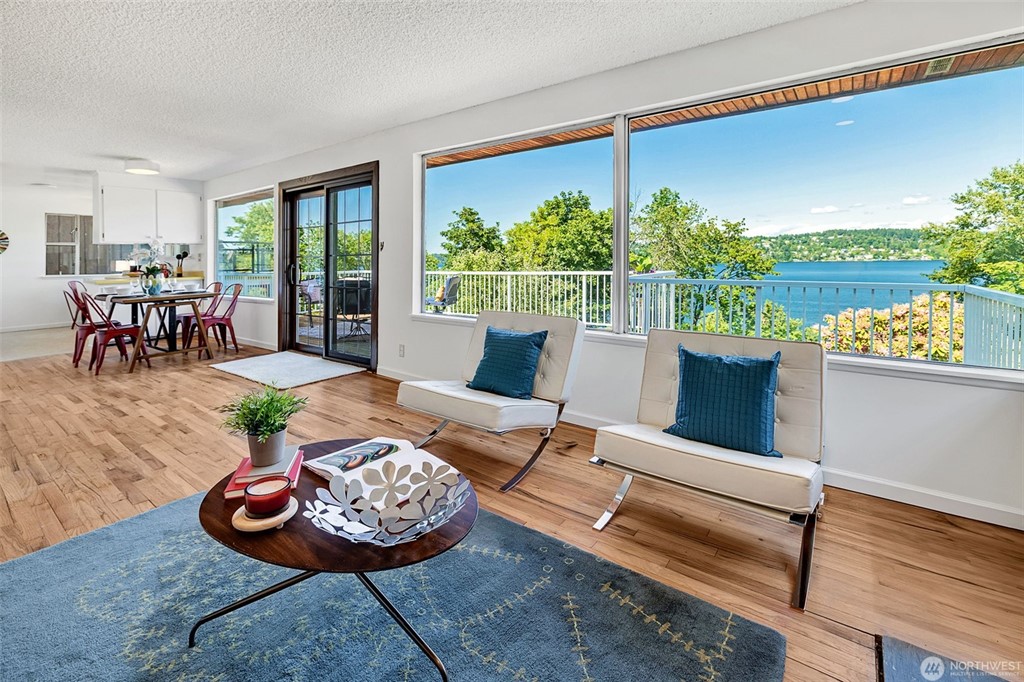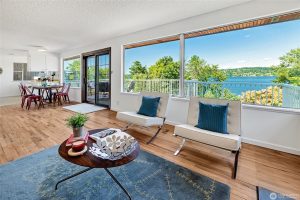With thousands of plant species, it can be hard to distinguish which plants are best suited for each room in your home, which greatly depends on sunlight exposure and temperature. A simple rule of thumb is to make higher maintenance plants more accessible to you. Some lower maintenance plants can go weeks without watering and require very low levels of sunlight.
Here’s a quick guide on indoor plants and where to place them in your home based on the level of care and management.
The Best Indoor Plants for Every Room
Living room
A monstera, a.k.a. Swiss cheese plant, works well in the living room due to its size and their natural inclination to climb. Providing a monstera with a stake or a trellis will bring about some decorative growth. Another large plant, the fiddle-leaf fig, works well in larger rooms. Fiddle-leaf figs tend to be more top-heavy with their large, floppy leaves. Both of these plants could work well next to a couch or sitting area where there is ample overhead space for the leaves. These large-leaved plants are typically happiest with indirect sunlight. Proper watering can be determined by observing the dryness of the soil. Once the top of the soil is dry to the touch, which is typically once a week for these plants, it’s time to give them a shower.
Bedroom/Office
Spider or jade plants can be great to have on a desk, and also work well to fill up shelving space. Adding a plant to a bookshelf here and there adds texture and brings a sense of wellness to the space, which is especially important when you’re working long hours from home. You could even swap a bookend for a plant to liven things up. Both of these plants are low maintenance and thrive in partial sun or shade. These plants typically require watering every two weeks, but when in doubt, check the soil to see if it’s dry.
Bathroom
Plants that require low levels of sunlight and enjoy high humidity—like ferns or bamboo—are great for the bathroom. Place them on your shower shelves or on a countertop to give your bathroom a spa-like feel. Because they can absorb water from the shower steam, they can go up to three weeks without a proper watering. Pothos, or Devil’s Ivy, is another great houseplant for the bathroom. They like to grow downward in a draping manner, so you can get creative with a hanging basket display.
Kitchen
Two plants that work well in kitchen spaces, such as on windowsills or in corners, are the Snake Plant and Cast-Iron Plant. The snake plant is known for its resiliency, and its thick leaves can handle the occasional splash from the kitchen sink or accidental bump from pots and pans. The Cat-Iron Plant is one of the toughest houseplants you’ll find. Where another plant may wither and die, the Cast-Iron Plant survives. Both are low maintenance plants can last weeks without watering. No green thumb? Fear not. These plants will keep on keepin’ on through harsh conditions or neglect, and their bright green leaves will help give your kitchen a fresh look and feel.
As the seasons change, your plant care routine will need to adjust to climate conditions. Some plants are known to go dormant in the darker months and require less amounts of water and sunlight. During springtime, fertilization can be done by adding fertilizer to the top of the soil.
Before you bring a new plant home that could end up in the hands (or paws) of a child or pet, do some research to be sure it’s safe for everyone in your household. Organizations such as the APSCA and the National Poison Center offer online sources to research the plants you plan on bringing home.
 Facebook
Facebook
 X
X
 Pinterest
Pinterest
 Copy Link
Copy Link













